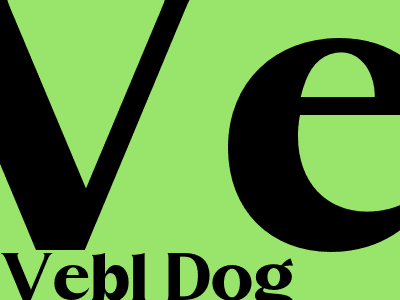
Vebl Dog
Vebl Dog: A Comprehensive Guide
Overview
Vebl Dog is a term coined by social scientists to describe a breed of dogs that is considered a status symbol. These dogs are often associated with wealth and affluence. The Vebl Dog phenomenon has been observed in various cultures and time periods. In this article, we will delve into the concept of Vebl Dogs, exploring their history, characteristics, and the social implications associated with them.
Historical Origins
The term "Vebl Dog" is derived from the work of economist Thorstein Veblen. In his 1899 book "The Theory of the Leisure Class," Veblen argued that conspicuous consumption is a key aspect of social stratification. This concept suggests that individuals engage in the consumption of goods and services not primarily for their utility but rather to display their social status. Vebl Dogs fall into this category, as they are often acquired to convey a sense of wealth and exclusivity.
Characteristics of Vebl Dogs
Vebl Dogs typically have certain characteristics that distinguish them from other breeds. These include: - **Expensive:** Vebl Dogs are often associated with high prices, making them accessible primarily to individuals with significant financial means. This exclusivity contributes to their status as symbols of wealth. - **Rare:** Vebl Dogs are often rare breeds or limited in availability, enhancing their desirability and perceived value. - **Distinctive Appearance:** Vebl Dogs often have unique or eye-catching physical features that set them apart from other breeds, making them easily recognizable and associated with exclusivity.
Social Implications
The phenomenon of Vebl Dogs has significant social implications. The acquisition and display of these dogs can be interpreted as a form of social signaling, conveying messages about the owner's wealth, status, and social circle. This can lead to the creation of social hierarchies and distinctions based on the perceived value of the dogs. Additionally, the focus on Vebl Dogs can contribute to the commodification of animals, reducing their intrinsic value to their role as status symbols. This can have implications for animal welfare, as dogs may be acquired primarily for their status-enhancing qualities rather than their companionship or suitability as pets.
Conclusion
Vebl Dogs are a fascinating phenomenon that sheds light on the intersection of social status, consumption, and animal welfare. By understanding the historical origins, characteristics, and social implications associated with Vebl Dogs, we can gain insights into the complexities of human behavior and the role of animals in society. As we navigate the evolving landscape of social norms, it is important to consider the ethical and social consequences of the pursuit of status through the acquisition of Vebl Dogs.
Comments